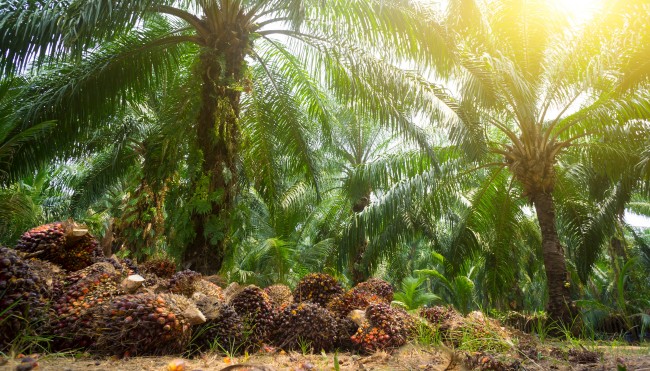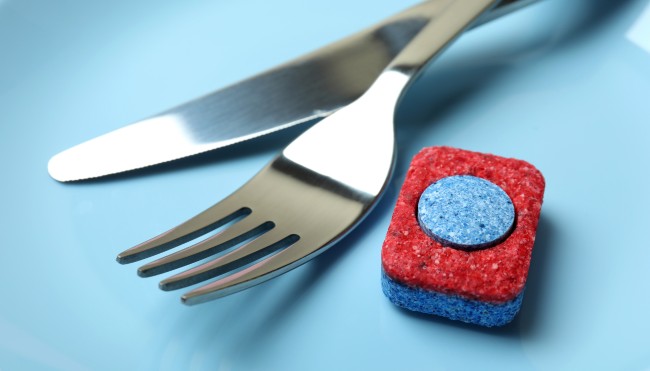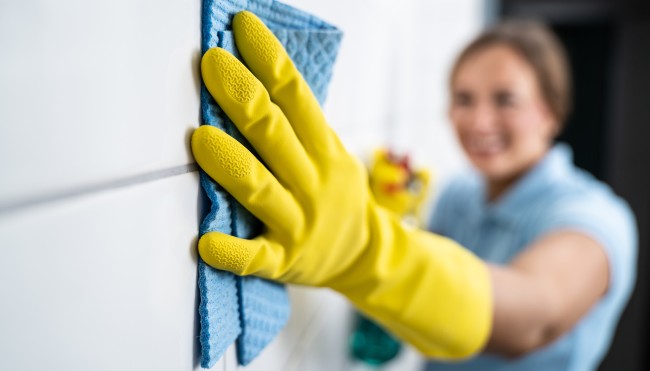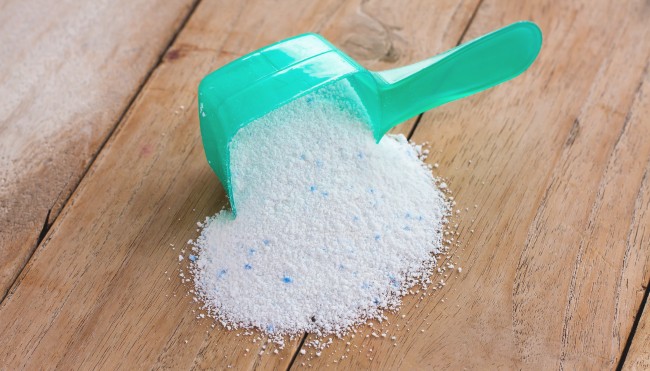What’s the Real Cost of Your Jeans?
Jeans, worn by workers and the fashion-conscious alike, are for many, a non-negotiable wardrobe staple, but have you thought about how your jeans are made and at whose expense?
The Environmental Cost
It’s a sad fact but your trusty blue jeans have a huge environmental impact. Let’s start at the beginning. Denim is made from cotton which you’ve probably heard is a high water consumption crop. But did you know that it takes about 20,000 liters of water to produce 1 kilo of cotton, enough to make a t-shirt or pair of jeans? Ouch. Additionally, stonewashed jeans are washed up to 10 times to get that faded well-worn look. And what happens to all the dirty water? Well, in most cases, factories release wastewater straight into local rivers without any treatment – dyes, chemicals and all. Our obsession is literally turning our rivers blue.
The Human Cost
If you’re even remotely concerned about factory worker’s rights, then it probably won’t surprise you to learn that the working conditions in jeans factories leave a lot to be desired.
In the 2000s, sandblasting was introduced as an alternative to water-intensive stone washing. Sandblasting is exactly what it sounds like. Workers use an air hose to shoot abrasive sand onto denim jeans creating that scruffy, pre-loved look that is so popular nowadays. The problem is workers don’t always wear appropriate protective gear and inhale these particles which lead to lung disease. Jeans are also often treated with caustic chemicals and bleaches in badly ventilated spaces so workers are also exposed to these toxic fumes.
Ethical Alternatives
Not ready to give up your jeans? You’ve got options. As always you can go the second-hand route, or if you prefer to buy a new pair, the good news is eco-friendly and fair-trade denim is on the rise! A quick google of ethical jeans will bring up lots of results – amongst them the likes of Nudie, MUD, and Monkee Genes. Be prepared to fork out a bit more than you normally would for your regular high street jeans though. It’s definitely worth the investment. Look for brands that use organic cotton, less-water intensive practices and have a transparent supply chain.





